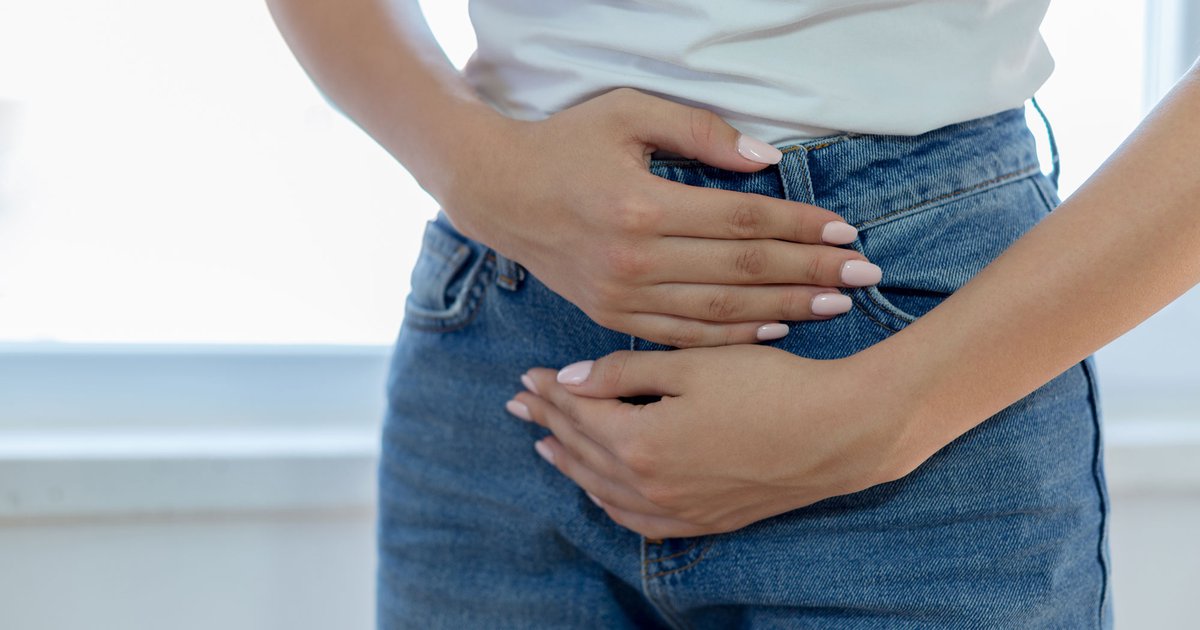Pelvic pain is a severe medical condition that can affect everyone regardless of age or race. However, pelvic pain is more prevalent in women than in men considering that they are more vulnerable to reproductive diseases such as endometriosis. Dr. Karen Brodman in New York has years of experience in diagnosing and treating underlying conditions causing pelvic pain. Do not allow pelvic pain to make your life dull.
Pelvic pain 101
Pelvic pain refers to the discomfort in your pelvic area, arising from the peritoneum and spreading to the surrounding parts. This annoyance may be due to internal organ abnormalities, infections, or underlying disease in your pelvis bone. However, in women, pelvic pain may indicate an underlying medical condition in one of the reproductive organs (vagina, fallopian tubes, uterus, and ovaries). In some cases, pelvic pain may radiate to your lower abdomen, making some people mistake it for pelvic pain. If your pelvic pain worsens or persists for more than six months, it is referred to as chronic pain. Some of the causes of chronic pelvic pain include:
- Ovarian cysts
- Pelvic inflammatory disease
- Adenomyosis
- Endometriosis
- Pelvic adhesions
Fibroids rarely cause any bothersome symptoms, but women with large fibroids may experience pressure or a dull ache in their pelvis or lower abdomen. If uterine fibroids are the underlying cause of your pelvic pain, the professional team may recommend several treatments to shrink the fibroids, alleviating your symptoms.
How does endometriosis relate to pelvic pain?
Endometriosis is a painful disorder when your uterus lining grows outside your uterus. Medical experts ascertain that endometriosis occurs when your menstrual blood flows backward into your pelvic area. Your endometrial cells then develop on your ovaries, fallopian tubes, and the surrounding organs in your pelvis. During menstruation, these patches of endometriosis cause inflammation, leading to pelvic pain. Endometriosis is the most prevalent cause of pelvic pain in women and worsens during menstruation. The pain may range from a dull ache to a stabbing pain that may reduce the quality of your life. The severity of your discomfort may not necessarily indicate the extent of your health condition. You may have mild endometriosis with excruciating pelvic pain or severe endometriosis with mild discomfort.
What treatments can your doctor recommend for pelvic pain?
During your appointment, Dr. Brodman may discuss your symptoms, review your medical history and perform a pelvic exam to determine the root cause of your discomfort. She may also use diagnostic imaging like MRI and ultrasound for accurate diagnosis. After identifying the underlying cause of your painful symptoms, she may formulate a treatment plan to treat the medical condition and relieve your symptoms. Your provider may recommend hormonal therapy if your pain emanates from the menstrual cycle at the beginning of your treatment. If endometriosis is the underlying cause of your pain, Dr. Brodman may recommend Laparoscopic deep excision surgery to eliminate the patches of endometriosis. She may also recommend a hysterectomy if you have advanced, diffuse adenomyosis.
Contact Dr. Brodman for a pelvic exam or schedule your appointment online.





